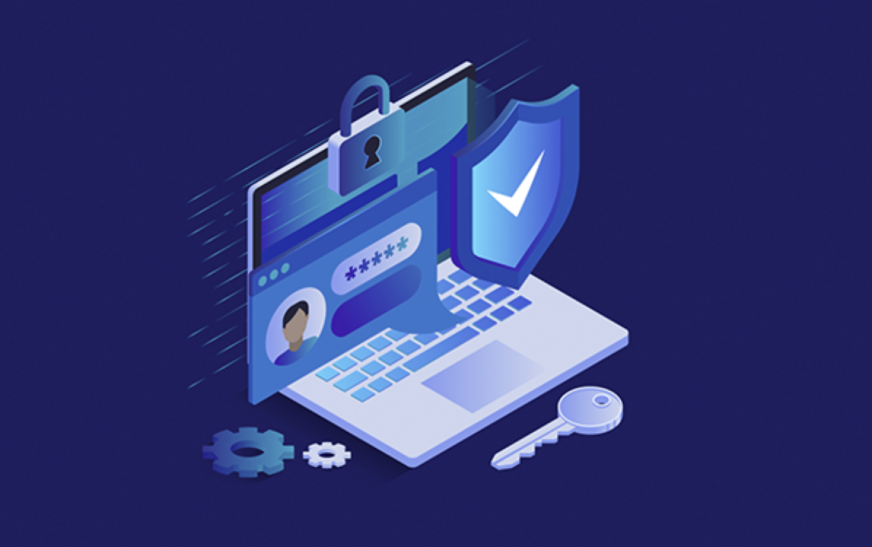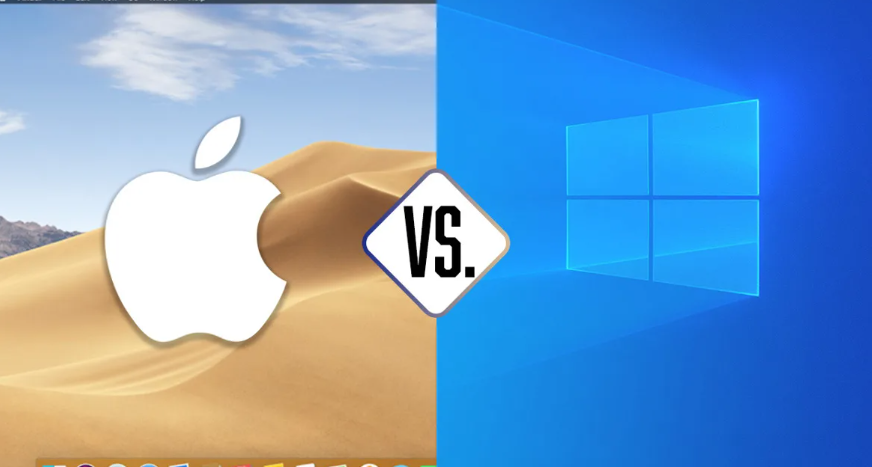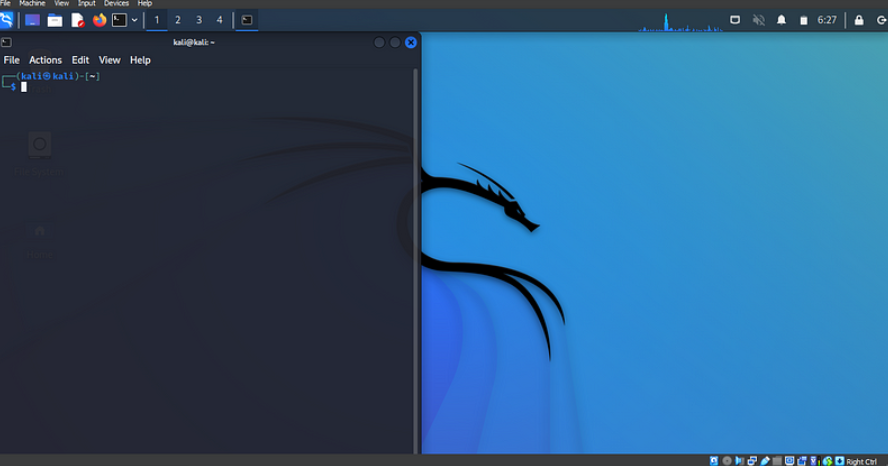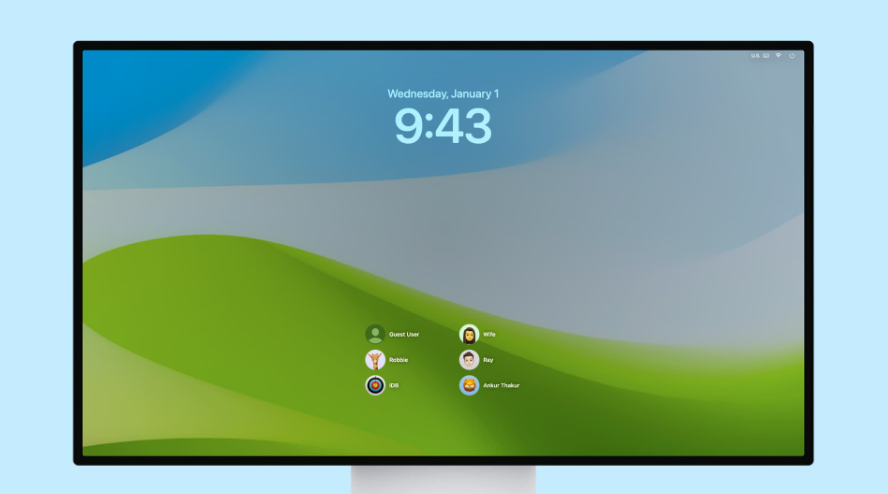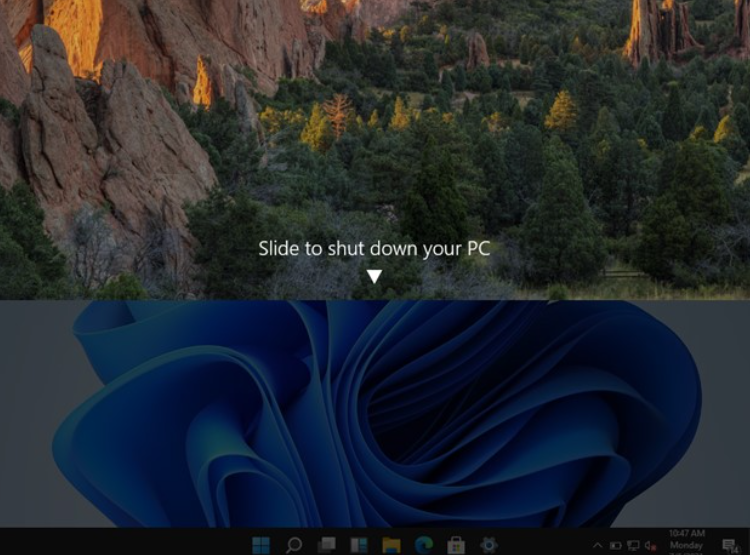
My PC stopped turning off properly after I clicked “Shut Down” from the Windows menu. While apps close and the screen goes dark, the computer keeps running for hours. The only way I can turn it off completely is by holding down the power button for 5-10 seconds. Interestingly, the PC restarts normally.
If you’re also wondering why your Windows PC isn’t shutting down, you’re not alone – this is a common problem, but it’s usually easy to fix. Before trying any solutions, first make sure your system is up to date. Windows updates can take time, so wait for around 3 hours. If your PC still won’t shut down, you can check for these common causes:
- Fast Startup is enabled.
- System files are corrupted.
- Windows 10 update issues.
- BIOS settings need adjusting.
- Problems with the taskbar.
Once you’ve identified the issue, here are some solutions to try:
Method 1: Forced Shut Down
This is a quick fix to force your computer to shut down.
- Press and hold the power button until the PC shuts off.
- Unplug all power cables (battery and power cord) for 5 to 10 minutes.
- Reconnect the power cables and restart your computer.
Method 2: Disable Fast Startup
Fast Startup is a combination of sleep mode and shutdown, but it can sometimes interfere with the shut down process. Here’s how to disable it:
- Open the “Control Panel” and search for “Power Options.”
- Click “Choose what the power buttons do” on the left pane.
- Select “Change settings that are currently unavailable.”
- Uncheck “Turn on fast startup” and click “Save changes.”
Method 3: Perform a Full Shutdown
Fast Startup doesn’t completely turn off your computer, which is why Windows might not shut down fully. To force a full shutdown:
- Click the Start menu and the Power button.
- Hold down the “Shift” key and click “Shut down.”
Method 4: Repair System Files
If some system files are corrupted, they could prevent your PC from shutting down. Use the built-in System File Checker to scan and repair them:
- Right-click the “Windows” icon, select “Search,” and type “cmd.”
- Right-click “Command Prompt” and choose “Run as administrator.”
- Type
sfc /scannowand press Enter. - Wait for the scan to complete, then try shutting down your PC.
Method 5: Reset BIOS Settings
Corrupt or incorrect BIOS settings can prevent a proper shutdown. To reset the BIOS:
- Force a shut down by holding the power button.
- Restart the PC and press F2/F11/Del to enter BIOS.
- Go to the Boot section and set the top boot option to “Default” or “HDD.”
- Press F10 to save the changes and exit BIOS.
- Restart and try shutting down your PC again.
Method 6: Perform a System Restore or Image Recovery
If you have a system restore point or a system image backup, you can restore your computer to a previous state. Remember, this may lead to some data loss, so back up your files first.
System Restore:
- Open the “Control Panel” and search for “Recovery.”
- Click “Open System Restore.”
- Select a restore point and click “Next,” then confirm by clicking “Finish.”
- After the system restore is complete, check if the shutdown issue is fixed.
System Image Recovery:
- Press “Shift” and click “Restart” to enter WinRE.
- Choose “Troubleshoot,” then “Advanced options.”
- Select “System Image Recovery.”
- Choose the latest system image backup and follow the steps to restore your system.
Why is Windows 10 Taking So Long to Shut Down?
If your PC takes a long time to shut down, it could be because you forgot to close open programs or files. Other factors may include:
- Software Issues – If many programs need to close, it can delay shutdown.
- Process Issues – Windows needs to close all running processes, and the more processes you have, the longer it takes to shut down.
- OS or Driver Problems – Outdated drivers or OS can slow down the shutdown process.
- Local Service Issues – If you’ve enabled many local services, it can take time to shut them down before the PC powers off.
Conclusion
Older versions of Windows should be shut down regularly for optimal performance, but newer systems don’t need as many reboots. Regularly shutting down your computer helps with energy efficiency, software updates, and heat management. By following these solutions, you can fix shutdown problems and keep your PC running smoothly. If left unresolved, the issue could lead to higher CPU and drive usage.




